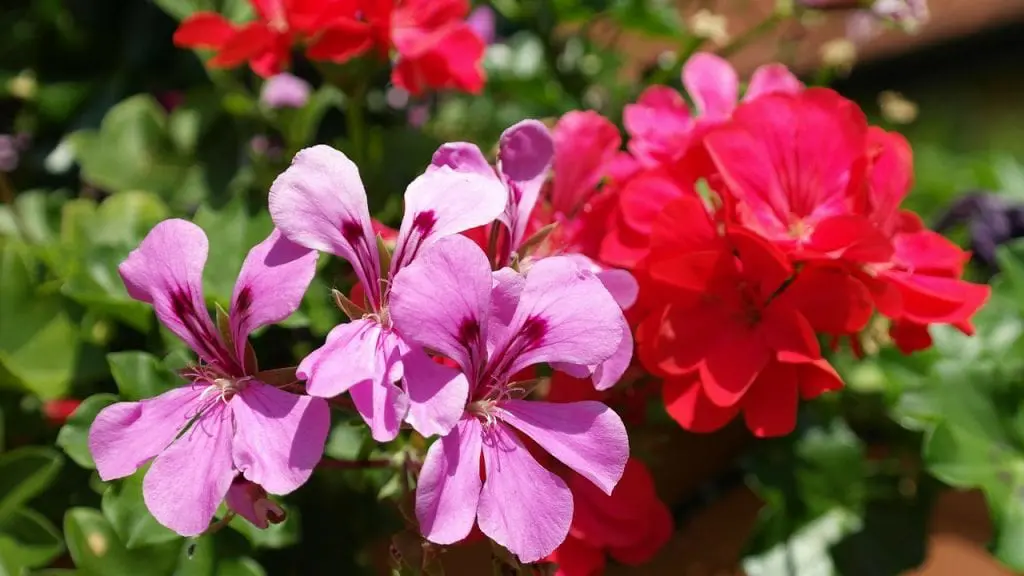Today, the vast majority of plants that inhabit our planet produce flowers, and they can do so several times throughout their lives. They are called polycarpic plants , and there are… all over the world, except in the most arid and/or coldest regions.
But do we know what exactly they are? To learn more about this type of plants, we are going to explain everything you need to know about them .
Index
- 1 Characteristics of polycarpic plants
- 2 Are there plants that bloom only once in a lifetime?
Characteristics of polycarpic plants

Polycarpic plants are plants that belong to the Angiosperm kingdom . These types of plants differ from Gymnosperms above all in their way of multiplying: to do so, they produce flowers with ordered whorls or spirals of sepals (they surround the other flower pieces), petals (they are the inner part of the perianth, they are sterile and serve to attract pollinators), stamens (male pollen-bearing organs) , and carpels (modified leaves that protect female organs, such as the ovaries). In addition, they protect the seed inside the fruit until it fully matures.
Some plants produce flowers throughout practically the whole year, as is the case of rose bushes or hydrangeas , but there are others that will only do so for a few seasons, such as magnolias (spring), the golden rain tree or Laburnum (spring) . ), or the Lithops or living stones (autumn) for example.
Are there plants that bloom only once in a lifetime?

Caryota urens
Although it is hard to believe, yes. There are many plants that only bloom once in their life , and I’m not just referring to annuals . For example, there are several palm trees that grow for many years and, after 20, 30 or 40 years, they produce an enormous number of flowers that will give rise to many fruits with seeds. These types of plants are known as monocarpic plants , and they are really very showy.
